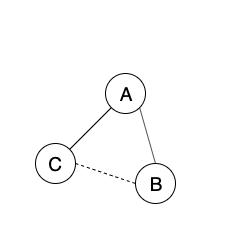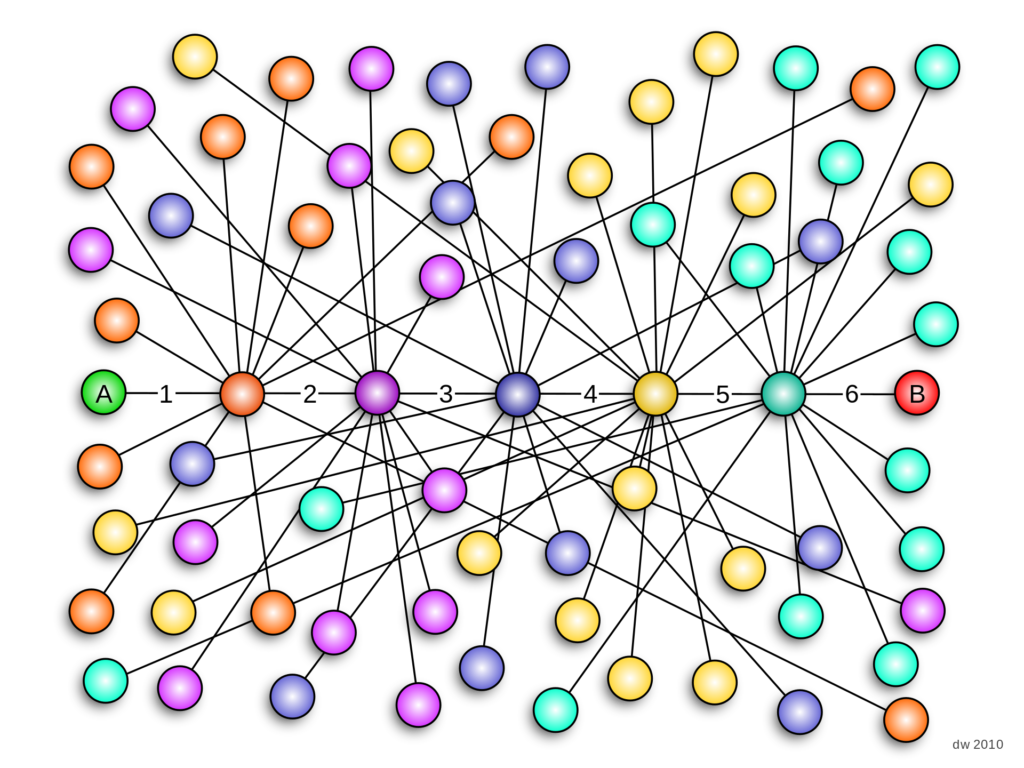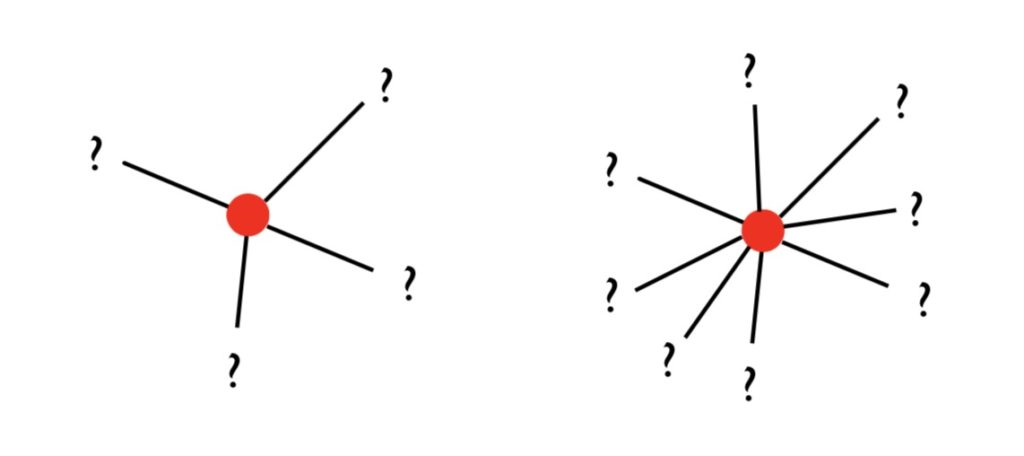When people have different voices or opinions, voting seems to be the best method to make a decision. There are various types of electoral systems, and today, we will typically be interested in the First-past-the-post (FPTP) voting method and how game theory has an impact on it. Intuitively, we may think voting is the most trustworthy and civil way to pick a candidate. However, an article by Wesley Sheker has revealed that the recent elections have been disastrous due to the abuse of the game theory.
The major cause of these disastrous elections is gerrymandering, meaning the governing parties intent to take advantage of a party by manipulating the political map in their favour. However, gerrymandering alone is not accountable for this failure to reflect the democratic standard of honesty and integrity. Another assistance lies in the voting system itself, which is the FPTP method.
The power of prediction comes from game theory’s Nash Equilibrium, either it’s pure or mixed. People always tend to make their strategy according to other people in order to optimize their outcomes.
Suppose we have 5 voters and 5 candidates, each voter has a preferred candidate and the outcome of the election (i.e. winner) is measured as a utility (high: 16, low: 0, scales down with the preferred candidate). Now we have to consider whether Nash Equilibrium will bring an optimal outcome for the voting system. Consider the first case: all voters vote their preferred candidates and the winner is candidate 1
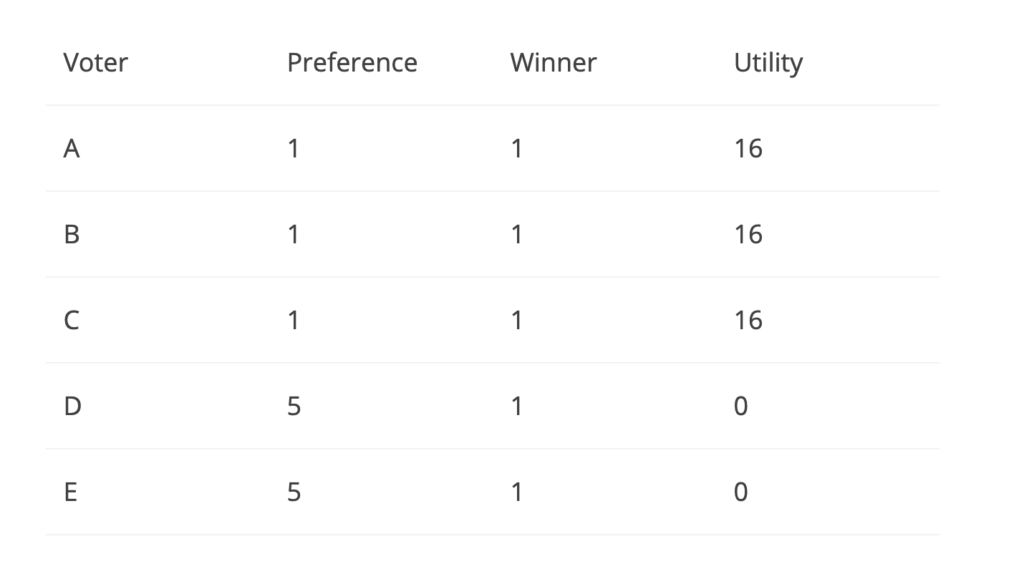
The net utility for this election will be 48 (16 + 16 + 16). Now we change the winner from candidate 1 to 3, the table will look like this
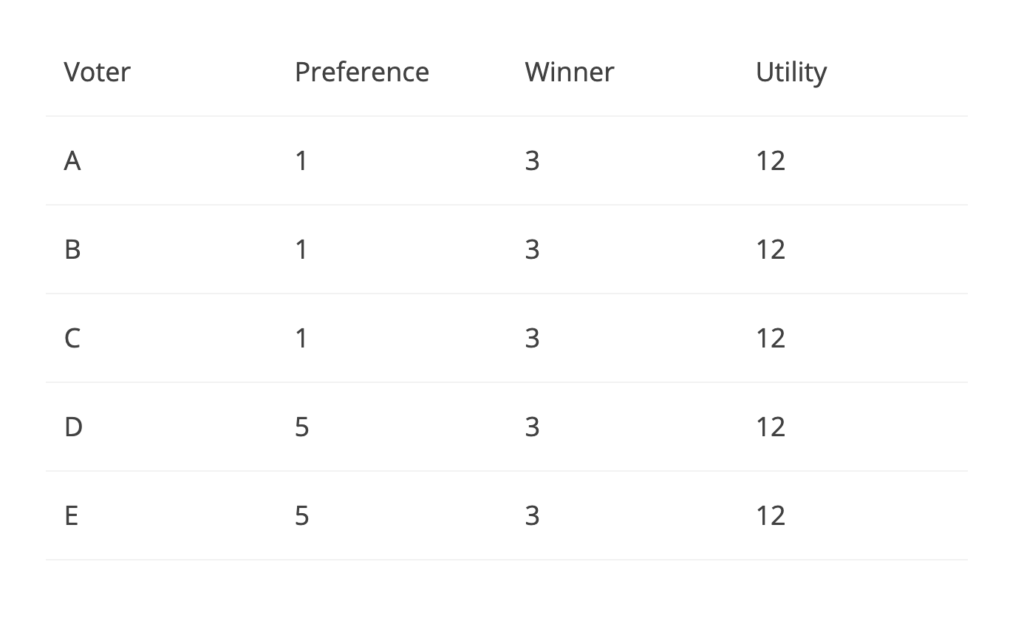
None of the voters are very happy as their preferred candidate is the winner. However, the net utility of this election is 60 (>48), meaning in an election with many candidates, voters and their preference, the outcome of the election will not be optimal as the voters just blindly vote for their preferred candidate. This simple mock election has demonstrated the philosophical result of an FPTP system which conveys the fact it fails to deliver an optimal outcome.
If game theory would bring us a negative impact, how should we avoid it? In fact, it is impossible to escape from game theory’s power since we are constantly in the game. Our life is affected by other people’s choices, changing our own behaviour will not be enough, as the philosophical rhetoric originating from game theory says: “We can create a better world by becoming better human beings ourselves”.
Reference
Das, Sangeet Moy. “Game Theory 101 for Dummies like Me.” Medium, Towards Data Science, 2 Oct. 2019, https://towardsdatascience.com/game-theory-101-for-dummies-like-me-2e9ab92749d4.
Sheker, Wesley. “Disastrous Elections: Predicted by Game Theory.” Penn Political Review, 13 Jan. 2018, https://pennpoliticalreview.org/2018/01/disastrous-elections-predicted-by-game-theory/.
Wines, Michael. “What Is Gerrymandering? And Why Did the Supreme Court Rule on It?” The New York Times, The New York Times, 27 June 2019, https://www.nytimes.com/2019/06/27/us/what-is-gerrymandering.html.


